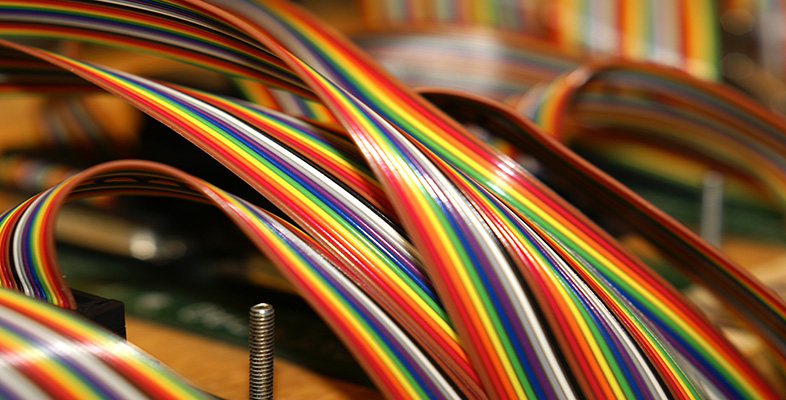14.3 Personal Digital Assistants
Personal Digital Assistants (PDAs) or handheld computers are small, portable computers. They each contain a small processor and have specially written operating systems. Two popular types of PDA at the time of writing (early 2005) are those running the Palm OS operating system and those using the Windows Mobile operating system, (also called Pocket PC). There is a range of applications purposely written for PDAs, but many also use special versions of popular applications like Microsoft Word, Excel and Outlook.
Some PDAs have very small keyboards to input data, whilst others use touch screens which can be tapped with a finger or a stylus. Many can accommodate flash memory cards to increase space for data storage. Many PDAs can be used to view digital photographs or sometimes video, and can be used to play music in MP3 format. Some PDAs even have integral digital cameras.
PDAs are designed to connect with personal computers and other PDAs to transfer data between them using a range of communication links, such as Bluetooth and infrared. At the more expensive end of the range, some PDAs have built-in mobile phones and can connect to the internet to send and receive email.
Activity 12 (self-assessment)
This activity is intended to help you consolidate your learning from sections 8–14 and give you some practice in working with the technological content of an article. The article in the attached pdf (Revel, 2004) illustrates the way PDAs, an example of an ICT system, can be used in education.
You should read this article and then answer the following questions.
-
How can a child input data to his or her own PDA?
-
How is data conveyed between PDAs?
-
How does the PDA output data to the child?
-
Give an example from the article of how the PDA manipulates data.
Note: In case you're not familiar with it, the National Grid for Learning is (at the time of writing) a government initiative in the UK that provides a network of educational resources on the internet. These resources are available for use by children, parents and teachers as well as librarians and those involved in adult education.
Click on the 'view document' link below to read Phil Revell's 'Miniature Computers Are Adding Up To Fun'
View document [Tip: hold Ctrl and click a link to open it in a new tab. (Hide tip)]
Answer
-
The PDA has a digital camera for images, a voice recorder for sound, a touch screen and 'Graffiti' software which converts handwriting to text.
-
The article mentions infrared and Bluetooth as the means by which data is 'beamed' between PDAs.
-
The article mentions a screen and headphones.
-
This process is a little less obvious than the others. The examples I came up with are:
-
some children are playing noughts and crosses, which involves manipulation of images on the screen;
-
the children incorporate pictures and text in their stories, which involves the manipulation of graphical and textual data;
-
the children's handwriting is converted into text using the 'Graffiti' software;
-
a maths program is mentioned;
-
the children play music, which involves manipulating sound files.
-
